
by William Wayland
Royal Oakie Records has been part of the Bay Area’s music scene for over ten years and have released albums by Sugar Candy Mountain, Michael James Tapscott, Half Stack, Credit Electric, Asha Wells, Jeff Moller, and a bunch of other Bay Area artists.
When David Glasebook, Royal Oakie’s CEO and Executive Producer, invited me to the company’s Holiday Review at the Little Hill Lounge in El Cerrito, I used it as an excuse to talk to him about the Bay Area music scene and, more specifically, what it takes to make it as an independent music label.
Make sure to scroll down for photos from the show.
William Wayland: In some ways, this feels like one of the worst times to start a record label. So many people want to consume music through Spotify and similar platforms that it’s hard for me to understand how a record company can be viable. So, what made you want to start a record label?
David Glasebrook: I started a record label because I have always loved making records and I wanted to support my friends in the process of making and releasing records. I have been working in studios, recording and releasing albums for twenty-five years. My day job is doing freelance producing, mixing, and mastering and I consider making records to be my life’s work. I often work closely with our artists in the studio, either as a producer, mixer, or mastering engineer. I’ve played music since I was a kid, played in many bands, worked as a DJ, and been a record collector for a long time so it’s a natural fit for me to run a label.
WW: Before I get too far, I also need to ask you where the name Royal Oakie comes from, since I didn’t see it on your site and I can’t help wondering if it’s related to Royal Oak, Michigan, where I’ve spent some quality time or the old British label.
DG: The label is named after a song by 1960’s garage-rock band Louie and the Lovers from Prundedale, California.
Of course all good names have multiple layers of meaning, and this one certainly does. The name has a nice synergy with Oakland, where we’re currently based and have been for the better part of ten years.
WW: Does Royal Oakie have any kind of vision or mission? Is there a particular niche or gap that the label is trying to fill?
DG: We strive to release original music and build community. We pride ourselves on the family vibe of roster and love working with artists on multiple releases together and building a catalog. We love helping our artists develop their sound, build a following, and establish their careers in music. I would say that our signature style isn’t rooted in any one specific style, but in artistic integrity and evocative music-making.
WW: What are your long-term goals for Royal Oakie? This is the where do you see Royal Oakie in ten years question.
DG: It’s worth mentioning that in the past couple years we’ve achieved some huge goals. Securing worldwide distribution, getting our records in stores around the world, and receiving increasingly consistent and positive media coverage for our releases, while building relationships with writers, magazines, blogs, record stores, radio stations, and concert promoters around the world. In ten years I see us doing much the same thing as we’re doing now, producing and releasing music we believe in, distributing our releases around the world, helping new artists build a following, and growing together with our current roster of artists. I’d like to see our artists touring more widely, both in the United States and worldwide.
WW: What criteria do you use when selecting artists for the label? How do you find out about artists?
DG: We look for artists who are making original music and have an eagerness to share it with the world and an openness to collaboration. We eschew trends and instead focus on artists who approach music making with a pure love of the art form and a reverence for the craft of making records. We get lots of great demo submissions regularly and often get recommendations from our current roster and their friends and collaborators.
WW: How do you balance artistic freedom with commercial viability for your artists?
DG: We always strive for artist expression above all. Commercial considerations come later, after the work in the studio has been done. We definitely strive for high production value and pride ourselves on the high standards we uphold for our releases, which makes sense with my background in producing and audio engineering. If we believe in an artist and their work then we’re going to support them a hundred percent. Considerations of commercial viability come into play more when considering the potential for touring and getting the artists out there to promote their music.
WW: What kind of support do you offer your artists beyond just recording and distribution?
DG: We’re a full service record label, managing all aspects of the process of producing and releasing recorded music. Even if an artist approaches us with a finished or nearly finished product, we usually help with mixing and mastering to try and create a finished product that lives up to high standards both artistic and technical.
In addition to supporting our artists through recording and distribution, we have a pair of in-house publicists who handle publicity for all of our artists, not only working publicity for the album releases, but for their shows, tours, and more. A lot of labels view album publicity as a two or three month cycle that ends with the album release, but we’re always supporting our artists, continuing to push their albums right up until the next one.
We also have an in-house graphic designer, Aaron Hubbard, who handles all our packaging design and layouts and does an amazing job. He runs a design and branding agency of his own called Bound Brands. We pride ourselves on the high quality and consistency of our artwork and packaging, that’s very important to us. We also handle marketing for our releases, as well as record store promo.
We support our artists who tour by connecting them with our network of booking agents and helping to promote their shows.
Last, but note least, we have a handful of sync agents we work with to help place songs from our catalog in film and television syncs.
WW: Tell me about an artist you discovered, or maybe know, that another record label would never take on and how you helped to develop them?
DG: One of our first big successes was with Sugar Candy Mountain. Initially the band was a side project but we encouraged them to focus their energy on that band and released their early album Mystic Hits, getting it into stores around the world. We helped them develop promotional assets and got them some great press that helped them to launch the band. Now they have a following around the world and careers in the music industry, having released nearly half a dozen albums, toured the world many times over, and racked up tens of millions of streams on Spotify, Apple Music, and the other DSP’s. This year they’re playing the Fillmore on New Years Eve! Pretty cool!
WW: What are the biggest challenges you face as the founder of an independent record label?
DG: There are many challenges to running a small business, and a record label is no exception. A lot of traditional avenues to capital and funding are somewhat closed off to the music industry, so the label is one hundred percent funded by the sales it generates as well as private equity investments. In a world where most businesses rack up mountains of debt just to fund daily operations, that’s pretty crazy, but it is challenging in a myriad of ways.
Another challenge we deal with is managing expectations. We work with a lot of new artists, who sometimes don’t have a ton of experience in the music industry, so we try our best to educate them on standard practices. The music industry is challenging because it’s not like there’s some “School of Rock n’ Roll” that people graduate from, ready to enter into the industry. Instead they come to us with varying degrees of knowledge and experience, and often with widely varying degrees of expectations.
Another challenge we’ve been facing recently is that it’s been getting more difficult for artists to tour, but it’s still the best way to build their following and promote their albums. There’s just no substitute for touring, no amount of online promotion or marketing is going to take the place of going out there and playing shows and connecting with fans in person. If you look at our roster, the artists who have been the most successful are the ones who have toured, it’s plain and simple to see, and something we’ve noticed over the span of ten plus years now. We try to encourage artists to find a way to tour that works for them, even if that means going out for limited runs or with a stripped down lineup. That’s way better than nothing!
WW: I already mentioned the streaming platform, but how do you navigate the changing landscape of the music industry?
DG: We’re lucky to have supportive professionals in our corner with years of knowledge and experience that help us navigate the ever-changing world of the music industry. We’re lucky to have great distributors, great publicists, and great consultants who we trust and rely on for mentorship and guidance.
WW: What is your strategy for maintaining the financial sustainability of Royal Oakie?
DG: We rely on all the usual income channels for a record label. Streaming, digital and physical album sales, sync licensing. We’ve been working hard on growing our physical distribution network so our records are in more shops. Moving forward, we’re looking forward to establishing relationships with more record stores around the world.
WW: What do you see as the role of independent labels in the modern music industry?
DG: The role of record labels is much the same as it’s always been – to produce, manufacture, distribute, and market recorded music. Personally, I see the calling of independent labels specifically being to champion music that’s outside the realm of the mainstream industry, including experimental music and music made by marginalized groups.
WW: How do you think the relationship between artists and labels has evolved / will evolve in the future?
DG: It’s been an interesting year, with all the changes at Bandcamp and the big changes coming to Spotify next year. We’ve lived through an era these past five or ten years that made it possible for artists to self-release, with the rise of Bandcamp and all sorts of aggregator services like DistroKid, etcetera. In some ways that has been great, as it enabled a lot of music to be released that may have been passed over by traditional channels. At first this created the illusion of the playing field being leveled, but in reality all it did was make the playing field larger, so more people could participate. The downside is that the DSP’s have been absolutely saturated with new music, with some estimates stating that as many as a hundred thousand new songs are released to Spotify every day. Unfortunately this has led to a current situation where quantity has been prioritized over quality and it has become harder and harder for new artists to break through and build an audience.
Unfortunately I can very clearly see this era drawing to a close. In a lot of ways this era was made possible because the music industry establishment didn’t take streaming seriously at first. Now they are waking up to reality and locking down digital music distribution, trying to further monetize it in all the ways they can. In the past year-and-a-half, we’ve seen not one but two different giant corporations purchase Bandcamp, we’ve seen the major labels push for higher royalty payouts for their big earners, we’ve seen prices go up at aggregators, we’ve seen the rise of pay-for-play music submission and playlist services driven by artists desperate to breakthrough somehow, and we’ve seen the very unfortunate rise of artificial streaming as artists and labels use bots to inflate their numbers on the DSP’s and create the illusion that they have more fans than they have, all just smoke and mirrors.
All of this stands as a bellwether for where the industry is headed. It’s easy to envision a future where this bubble bursts and artists need the traditional support channels of labels, managers, and booking agents to build a career.
Grappling with all this, I see us strengthening our distribution channels, getting our records into great stores around the world, and getting our artists out on the road to build a follow the way it has always been done–by touring and engaging with fans in person in the real world.
WW: How do you promote the music and musicians that have signed with Royal Oakie? How do people hear about them and buy the music?
DG: We send our weekly press releases; we set up reviews and interviews for the artists on our roster; we run digital marketing campaigns; we advertise in print and online publications; we regularly promote on our social media channels; we communicate directly with record stores and send them promo on a bi-weekly basis; our distributors send promo to record stores on our behalf as well; we host live music events like album releases show and our recent Holiday Revue at The Little Hill Lounge!
Fans tend to hear about our releases from magazines, blogs, streaming playlists, radio, record stores, social media, from friends and family, and from seeing the bands play live.
People purchase the music in stores, online, and at shows!
WW: I guess I should also ask, what is your most successful distribution channel? Record stores? Bandcamp? The Royal Oakie website? Merch sales at shows?
DG: It depends on the release. Some releases do really well on Bandcamp, while others sell well in stores. For the artists that tour a lot, selling merch on the road can be a very effective way to sell records.
WW: What advice would you give to aspiring musicians and music entrepreneurs? Or maybe, is there anything you wish you had known before starting Royal Oakie?
DG: Aspiring musicians – learn as much as you can about the art of making records, seek out mentors, build a support system, and hire professionals to work with you in the studio, at the very least on mixing and mastering if your budgets are limited. Learn some music theory, study the art of writing lyrics, if applicable. Don’t waste time chasing trends, always stay true to your artistic vision.
Musicians and entrepreneurs – Learn the fundamentals of the modern music industry. Take some intro business courses. Get some experience working in the industry in various capacities. Don’t rely on luck or put your faith in some hail-mary way to shoot to stardom overnight. Set achievable goals. Take a measured approach over time to build up to success – that’s the only way it ever happens!
Make sure your heart is really in this and prepare to sacrifice everything to make it happen.
WW: What have been your biggest surprises?
DG: There can unfortunately be a lack of professionalism, even at the higher levels of the music industry – that has been sadly surprising to me.
WW: And I have to ask, who are some of your personal musical inspirations or influences?
DG: John Coltrane, Alice Coltrane, Peter Case, Brian Wilson, Brian Eno, The Grateful Dead, George Martin, Rick Rubin, Rudy Van Gelder, Ahmet Urtegen, David Geffen, Manfred Eicher, Ian MacKaye; all the great artist and producer-led labels like Atlantic, Shelter, ECM, Epitaph, Anti, Discord, K, Blue Note, American, Asylum, Impulse, and more; private-press records of the 1970’s and underground DIY music of the 80’s and 90’s; all the great outsider artists who have followed their own muse regardless of trends or popular culture.
WW: Thanks, David! And below are some photos from the Royal Oakie Holiday Review. It’s important to note that Raphi Gottesman’s light-up BART sweater was almost as exciting as the music.

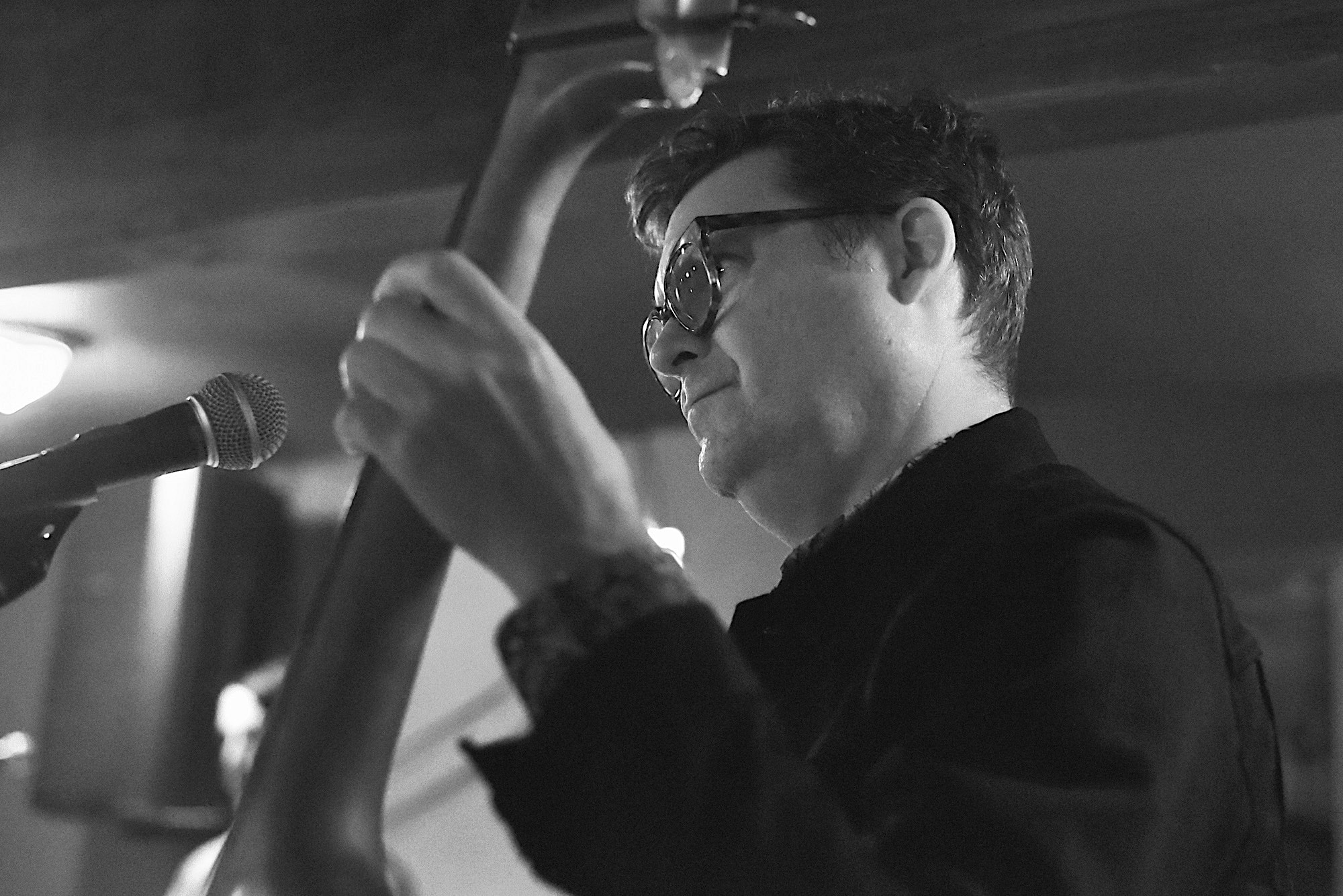

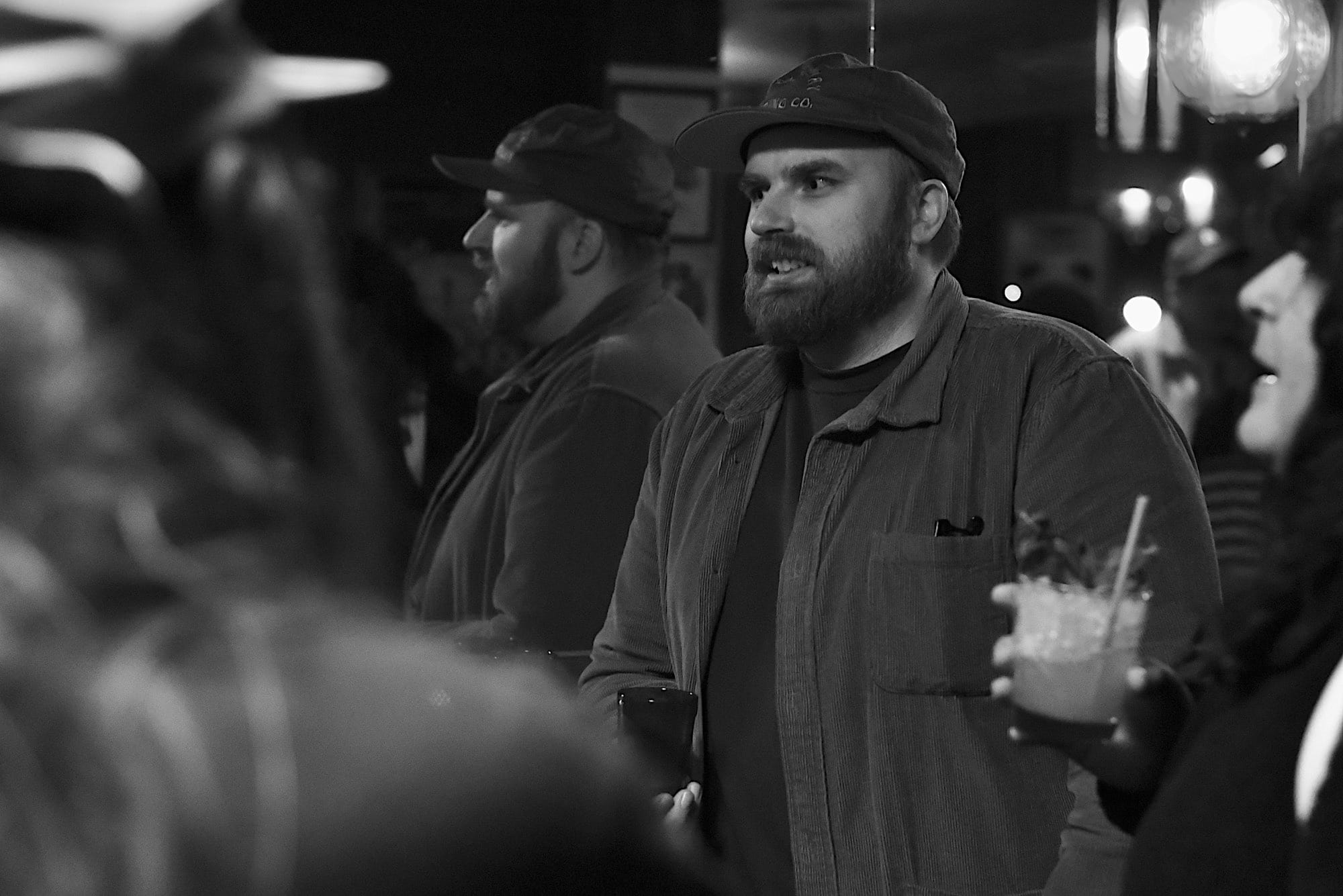
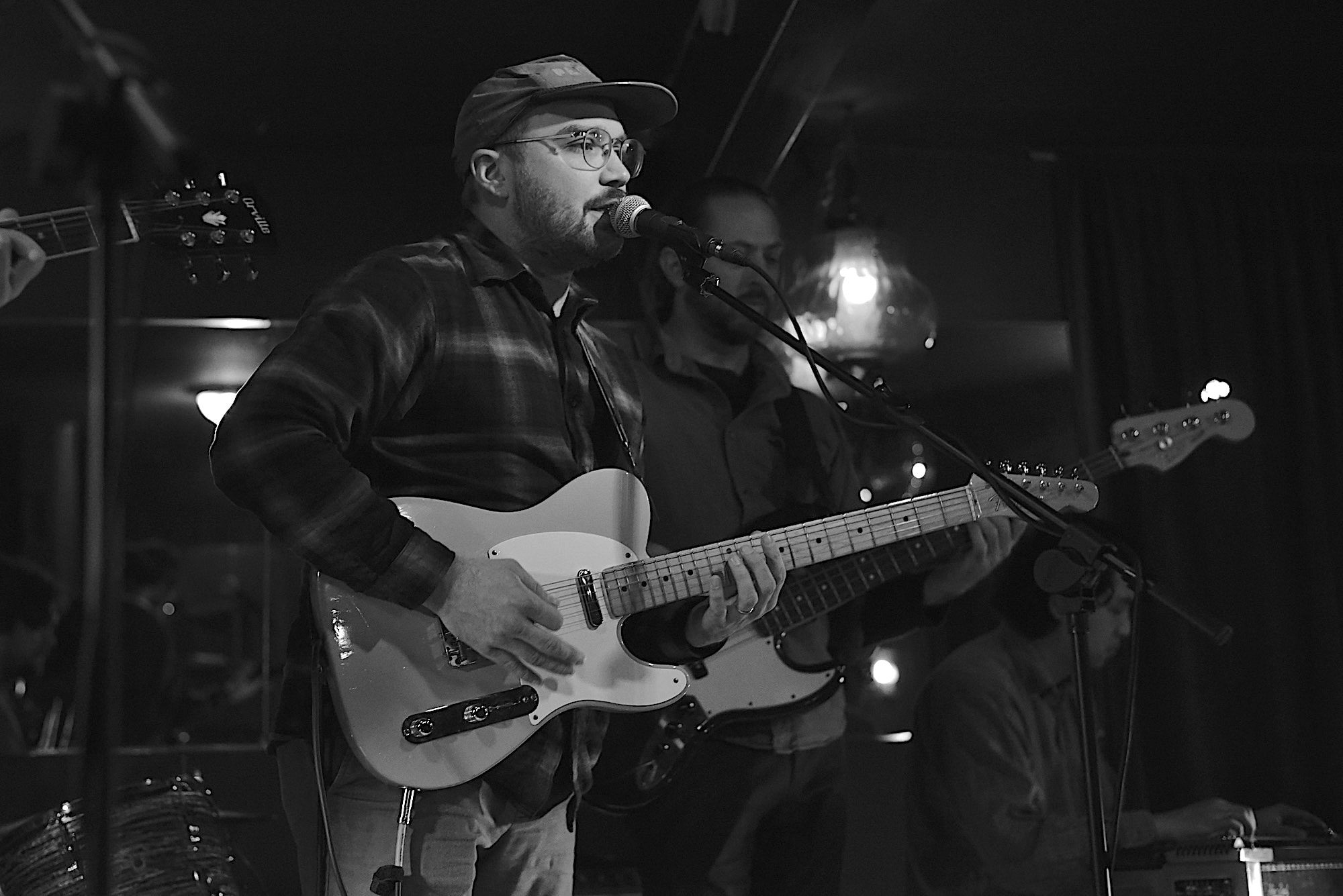

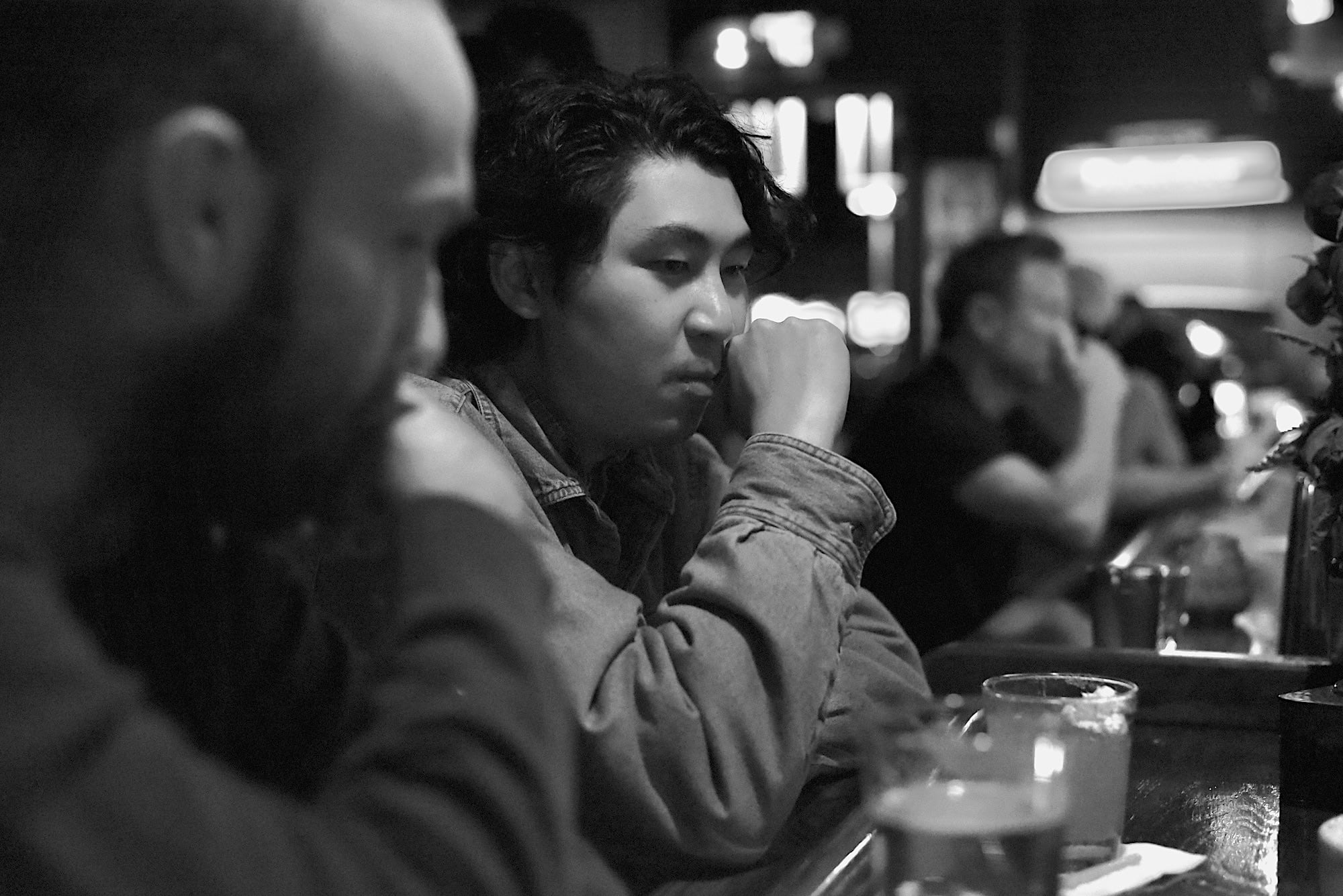
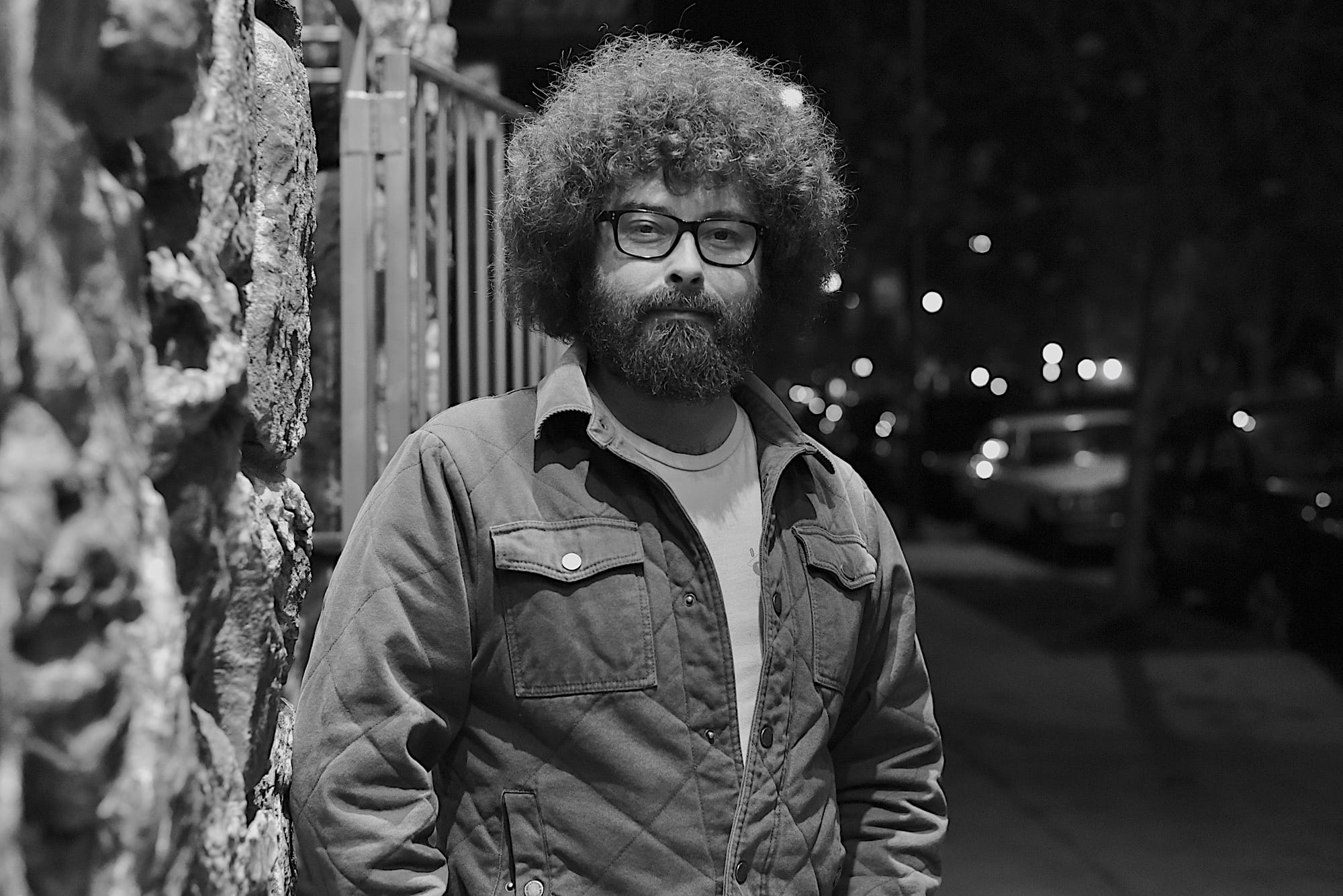



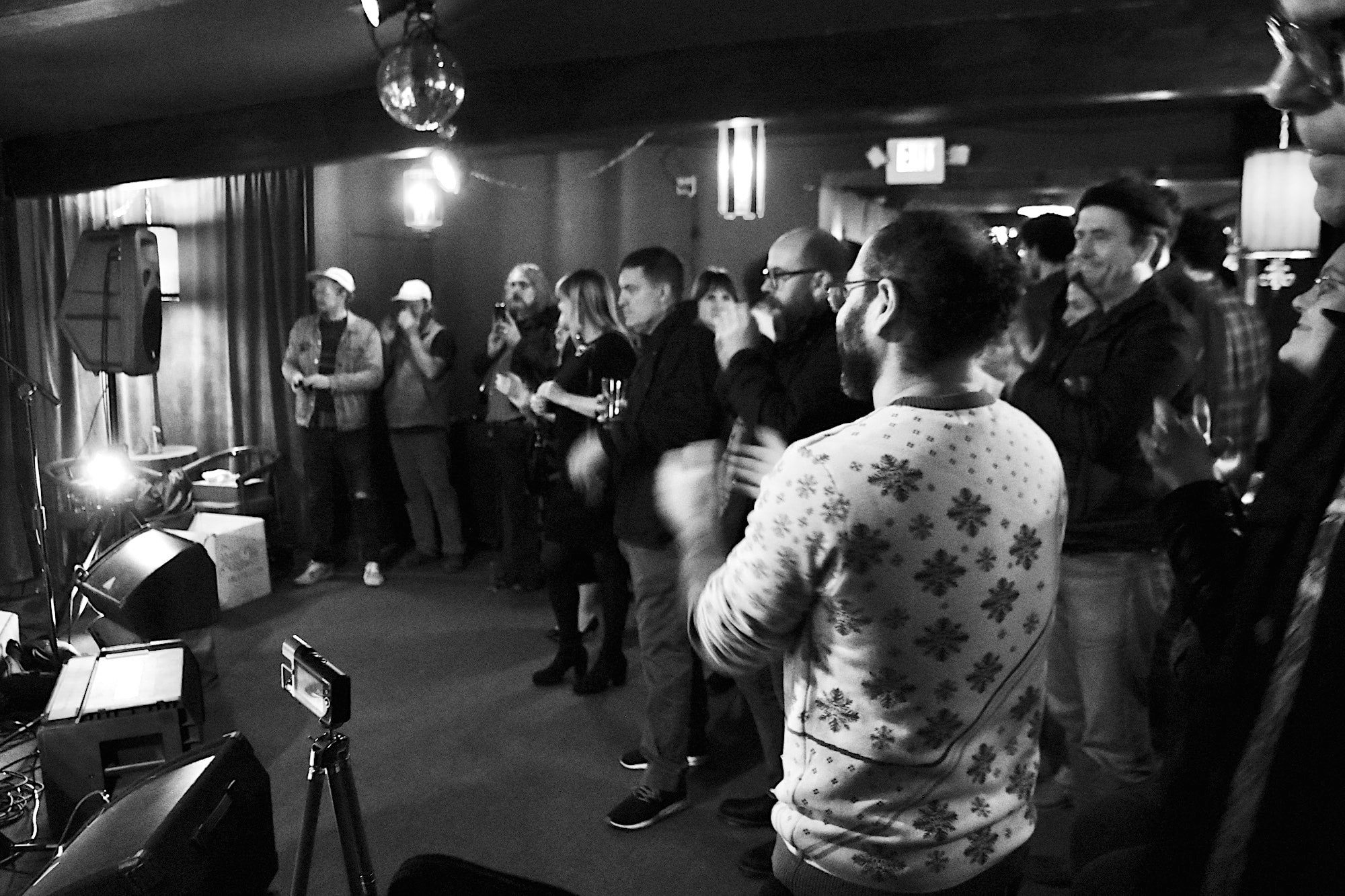


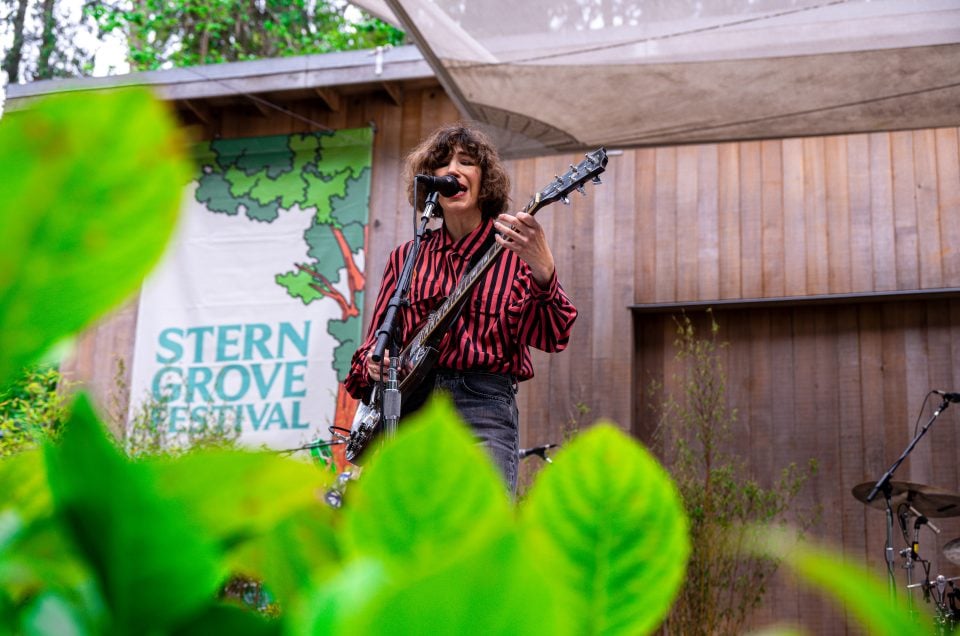

Leave a reply